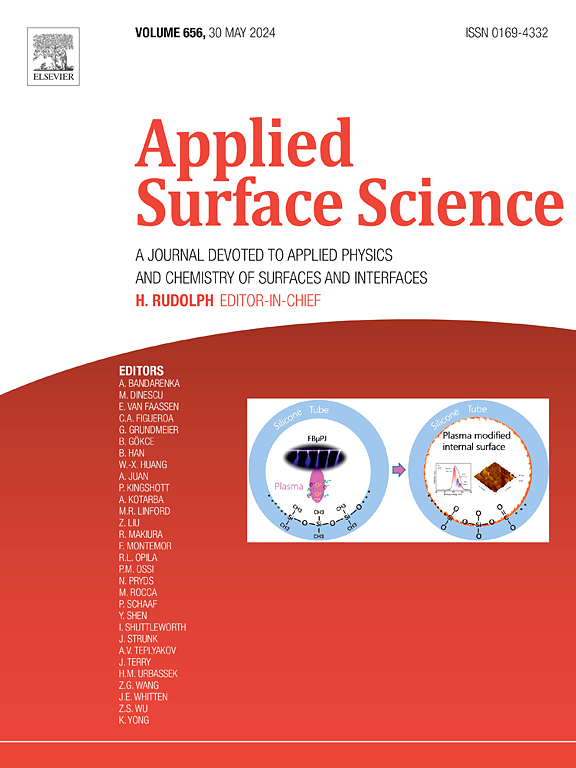The construction of a “hydrophilic-hydrophobic-zinc-affinitive” gradient structure in the solid electrolyte interphase layer to achieve long-term stable cycling of zinc electrode
IF 6.9
2区 材料科学
Q2 CHEMISTRY, PHYSICAL
引用次数: 0
Abstract
Aqueous zinc-ion batteries (AZIBs) have gained significant attention due to their excellent safety and high energy density. However, uncontrolled dendrite growth and side reactions on the zinc electrode severely limit their practical application. In this study, 2-Mercaptoethane sulfonate sodium (Mesna) was introduced as an electrolyte additive to address these issues. Mesna anchors to the surface of the zinc electrode, forming a unique “hydrophilic-hydrophobic-zinc-affinitive” three-gradient structure in the solid electrolyte interphase (SEI) layer. The outer layer, consisting of SO3−, forms a hydrophilic interface through electrostatic interactions, effectively reducing the interfacial reaction energy barrier and enhancing the migration kinetics of Zn2+. The intermediate layer, composed of alkyl and thiol groups, works together to create a hydrophobic barrier, thereby inhibiting water-induced side reactions. The inner layer, made up of thiol groups, forms chemically stable Zn-S bonds through strong coordination, providing long-term stable interfacial protection and regulating zinc deposition. This multi-level synergistic mechanism enables the modified Zn||Zn half-cell to achieve a cycling life of 3500 h at 1 mA cm−2 and maintain stable cycling for 400 h at 51.2 % depth of discharge. The molecular interface engineering strategy proposed in this study offers a novel approach for the design of high-stability AZIBs.

在固体电解质相层中构建“亲水-疏水-亲锌”梯度结构,实现锌电极的长期稳定循环
水性锌离子电池(azib)由于其优异的安全性和高能量密度而备受关注。然而,不受控制的枝晶生长和锌电极上的副反应严重限制了它们的实际应用。在这项研究中,引入了2-巯基乙烷磺酸钠(Mesna)作为电解质添加剂来解决这些问题。Mesna锚定在锌电极表面,在固体电解质间相(SEI)层中形成独特的“亲水-疏水-亲锌”三梯度结构。外层由SO3−组成,通过静电相互作用形成亲水性界面,有效降低了界面反应能垒,增强了Zn2+的迁移动力学。中间层由烷基和巯基组成,共同作用形成疏水屏障,从而抑制水引起的副反应。内层由巯基组成,通过强配位形成化学稳定的Zn-S键,提供长期稳定的界面保护,调节锌沉积。这种多级协同机制使改性Zn||锌半电池在1 mA cm−2下的循环寿命达到3500 h,在51.2 %放电深度下保持400 h的稳定循环。本研究提出的分子界面工程策略为高稳定性azib的设计提供了一种新的途径。
本文章由计算机程序翻译,如有差异,请以英文原文为准。
求助全文
约1分钟内获得全文
求助全文
来源期刊

Applied Surface Science
工程技术-材料科学:膜
CiteScore
12.50
自引率
7.50%
发文量
3393
审稿时长
67 days
期刊介绍:
Applied Surface Science covers topics contributing to a better understanding of surfaces, interfaces, nanostructures and their applications. The journal is concerned with scientific research on the atomic and molecular level of material properties determined with specific surface analytical techniques and/or computational methods, as well as the processing of such structures.
 求助内容:
求助内容: 应助结果提醒方式:
应助结果提醒方式:


